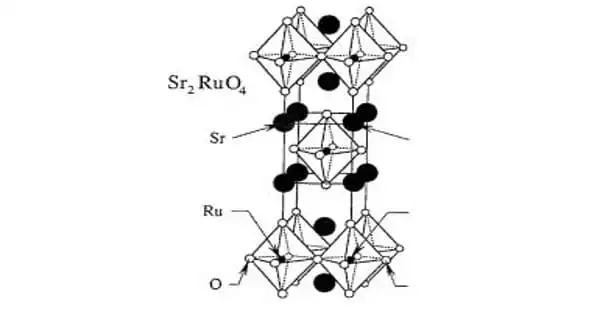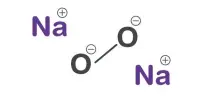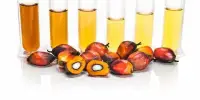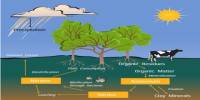Strontium ruthenate (SRO) is a strontium and ruthenium oxide with the formula Sr2RuO4. It was the first non-copper perovskite superconductor to be reported. Strontium ruthenate is structurally very similar to high-temperature cuprate superconductors, particularly the lanthanum doped superconductor (La, Sr)2CuO4. The transition temperature for the superconducting phase transition, on the other hand, is 0.93 K, which is significantly lower than the corresponding value for cuprates. Yoshiteru Maeno and his colleagues discovered the superconducting state of strontium ruthenate in 1994 after successfully producing high-quality samples of the material.
High-quality strontium ruthenate crystals are synthesized in a controlled atmosphere using a floating zone method and ruthenium as a flux. Powder x-ray diffraction measurements can be used to deduce the perovskite structure. At temperatures below 25 K, strontium ruthenate behaves as a standard Fermi liquid.
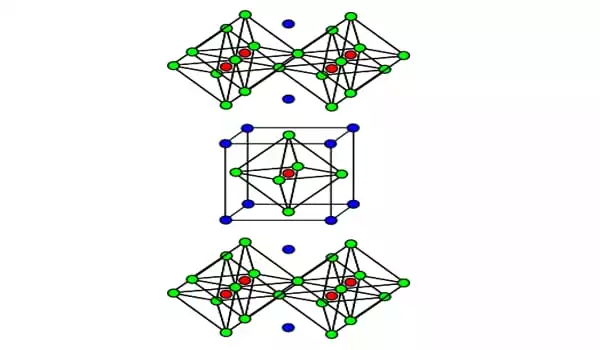
Superconductivity
Yoshiteru Maeno and his group discovered superconductivity in SRO in 1994 while looking for high-temperature superconductors with structures similar to cuprates. SRO, unlike cuprates, exhibits superconductivity even in the absence of doping. The superconducting order parameter in SRO has been shown to exhibit time-reversal symmetry breaking signatures, classifying it as an unconventional superconductor.
Sr2RuO4 is believed to be a fairly two-dimensional system, with superconductivity occurring primarily on the Ru-O plane. The electronic structure of Sr2RuO4 is characterized by three bands derived from the Ru t2g 4d orbitals, namely, α, β, and γ bands, of which the first is hole-like while the other two are electron-like. Among them, the γ band arises mainly from the dxy orbital, while the α and β bands emerge from the hybridization of dxz and yz orbitals. Because Sr2RuO4 is two-dimensional, its Fermi surface is composed of three nearly two-dimensional sheets with little dispersion along the crystalline c-axis, and the compound is nearly magnetic.
However, superconductivity appears in Sr2RuO4 only at low temperatures (1.5 K), in samples with very low residual resistivity, and outside of a normal state that is a well-formed Landau-Fermi liquid, placing them in a different regime than high-TC superconductors. ARPES investigations focused on providing evidence for the prototypical Fermi liquid nature of strontium-ruthenate compounds, as well as mapping the complex material’s rich band structure, which was found to be in remarkable agreement with de Haas-van Alphen quantum oscillation measurements.
Strontium-rhodium compounds also allow for a clean mapping of the band structure and exhibit strong Fermi-liquid behavior, making them an excellent testbed for theoretical predictions.
